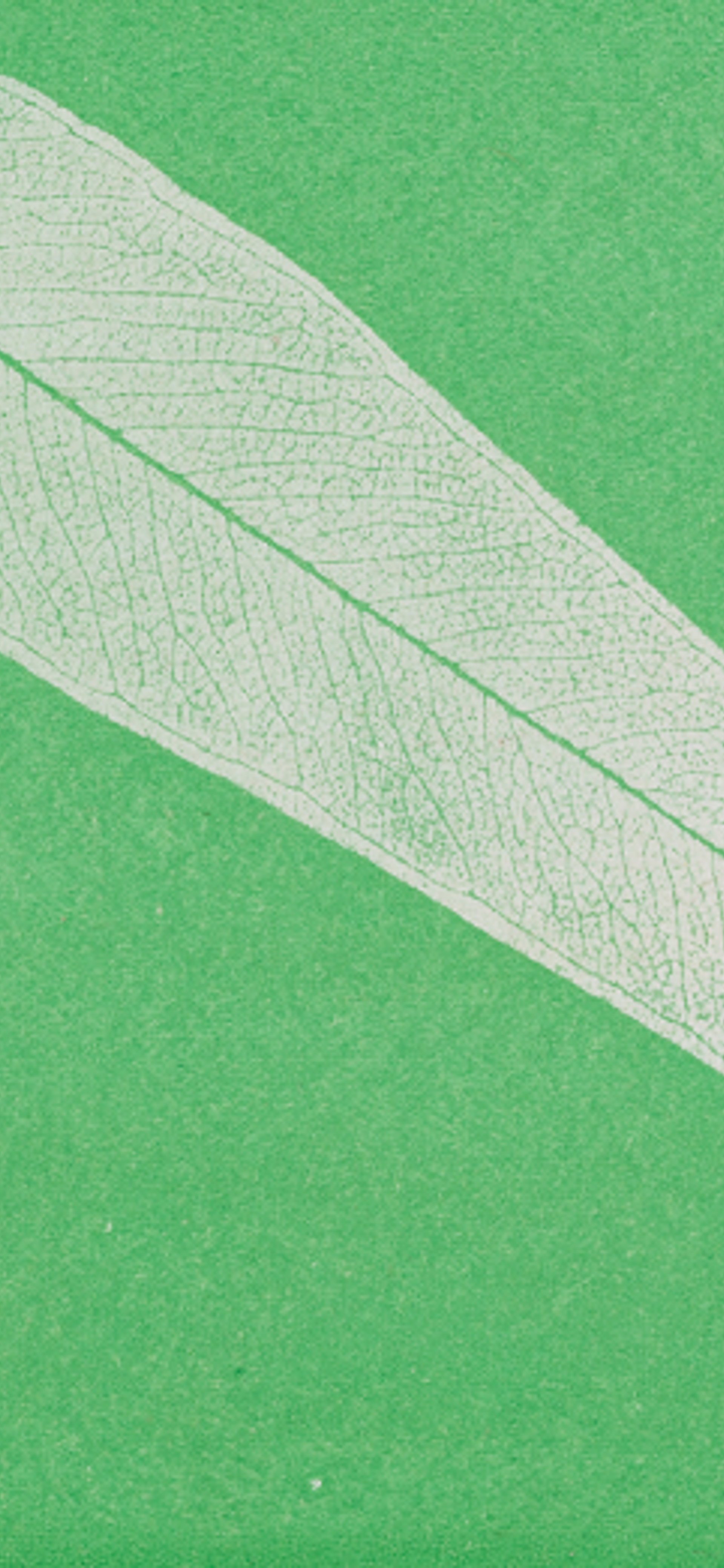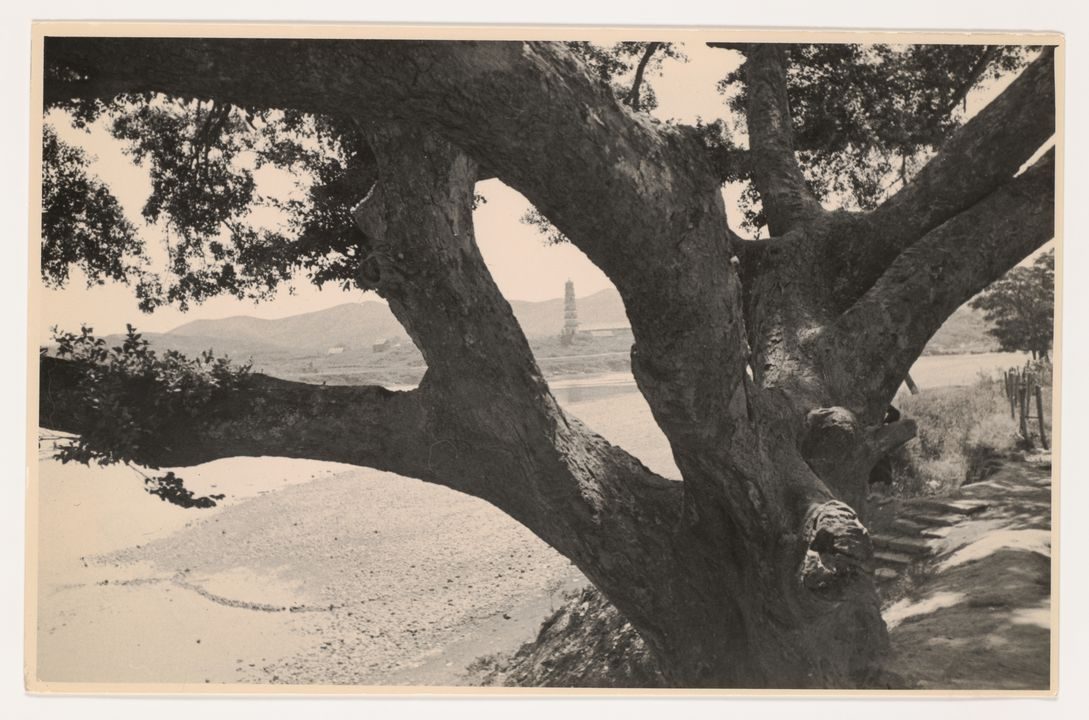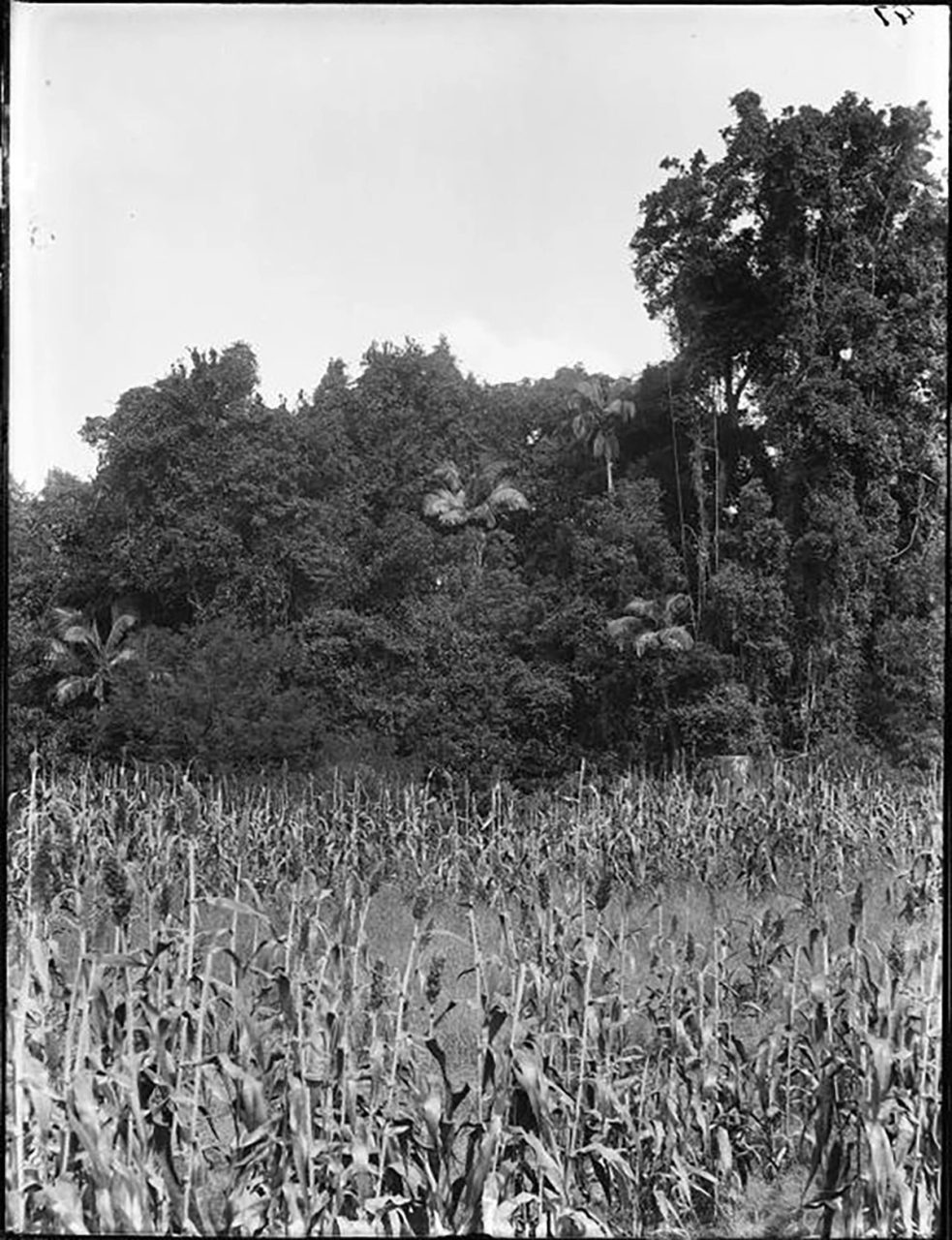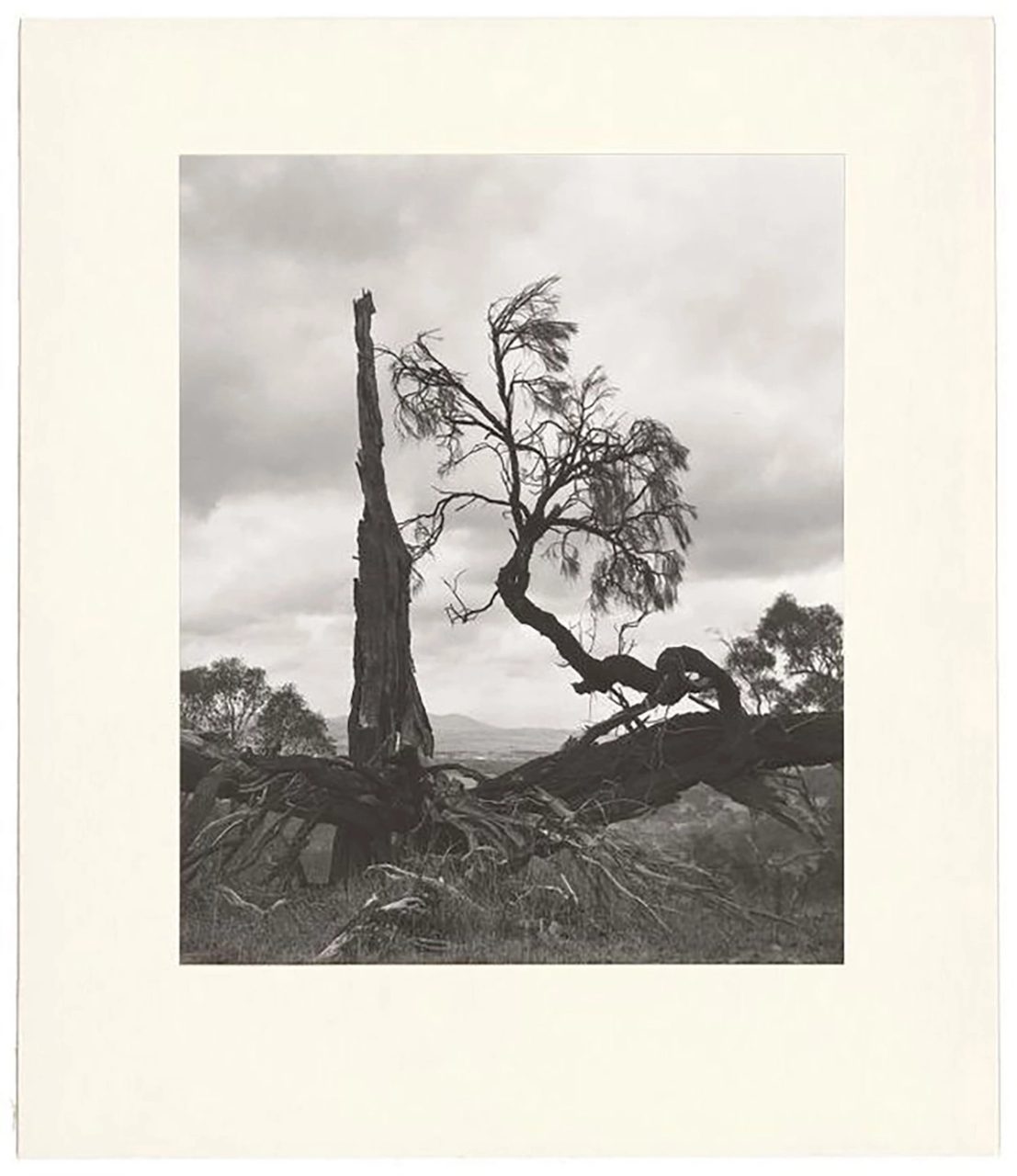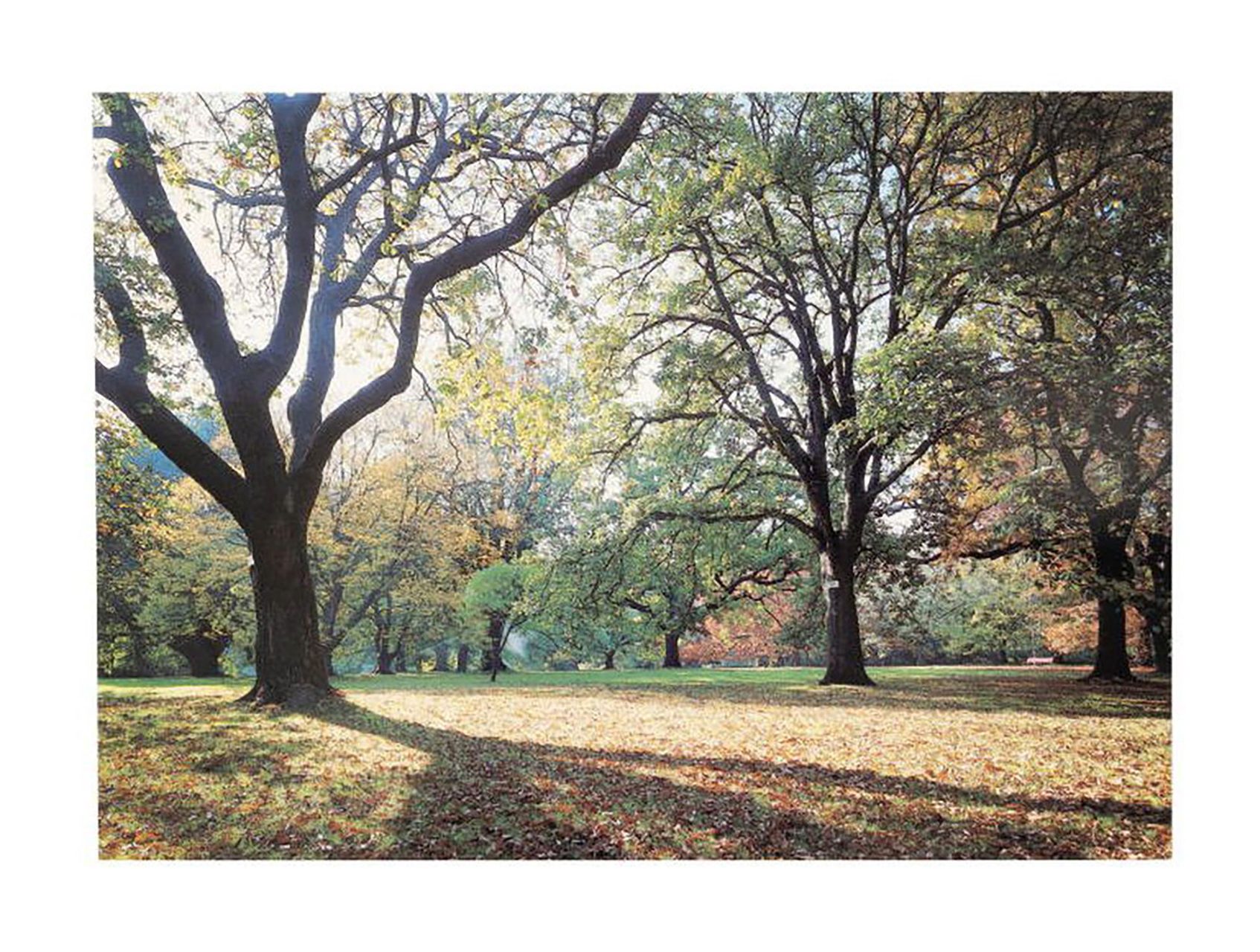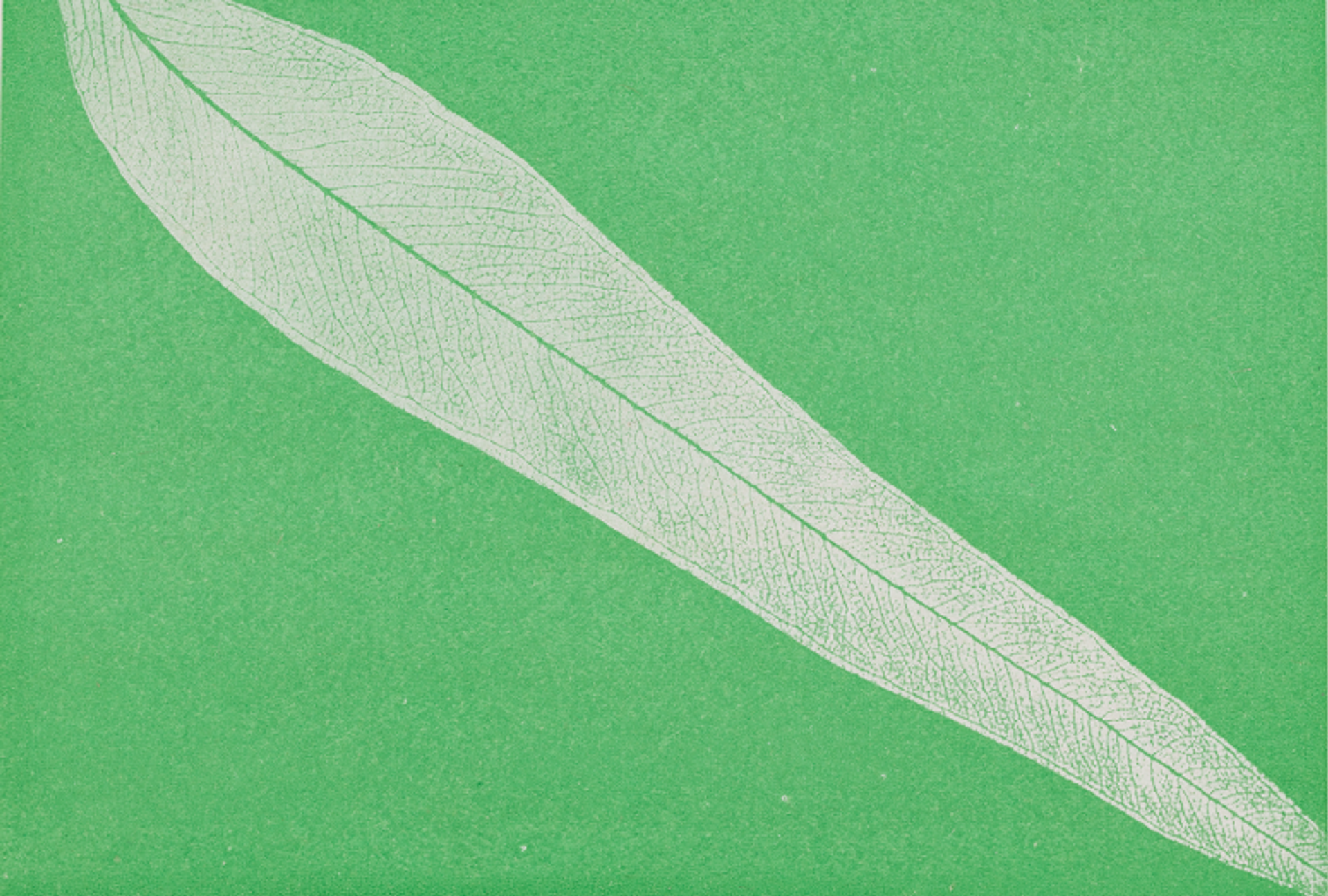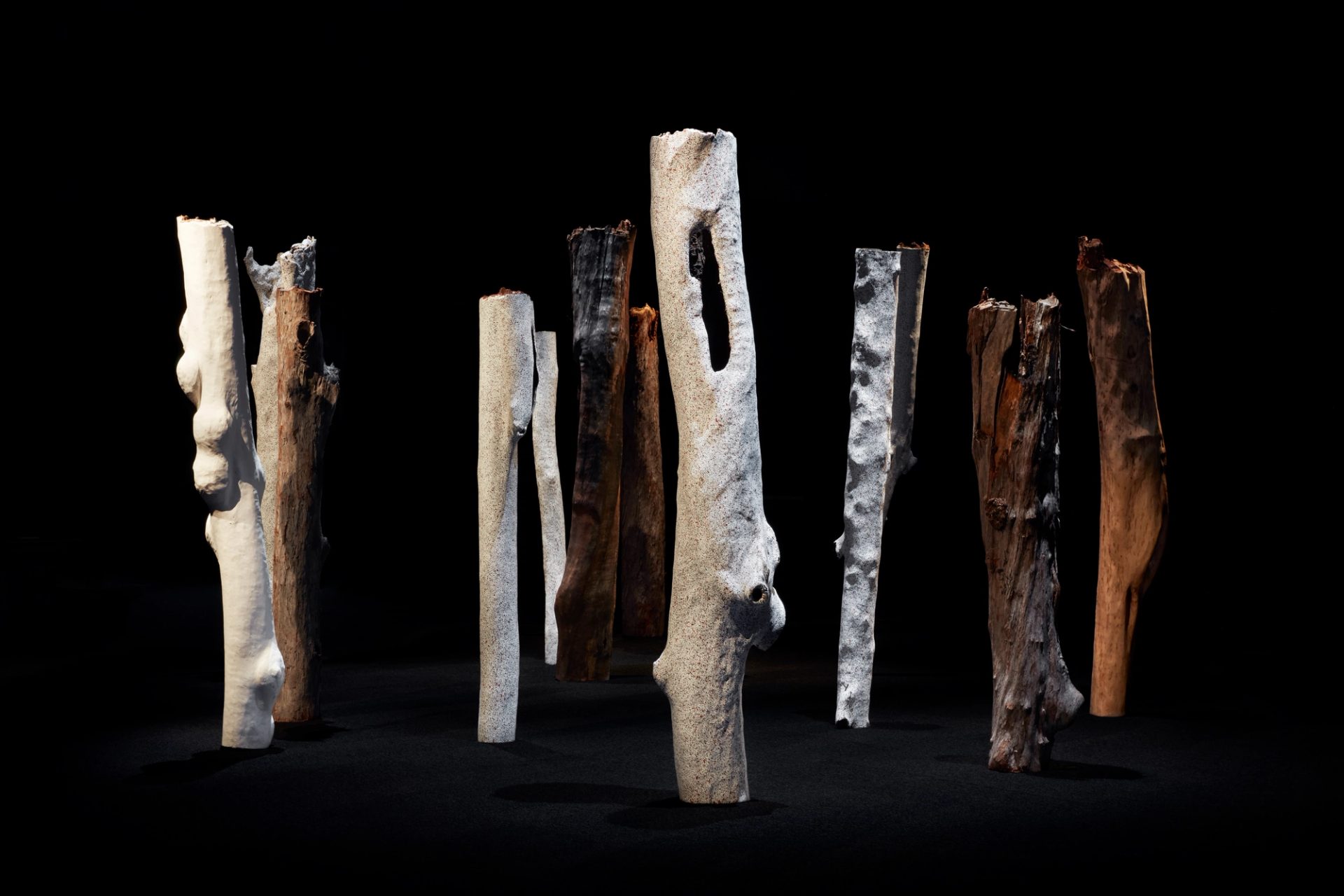In Relation – Identity

‘Identity’ is the fourth episode of In Relation, a five part podcast series by Powerhouse inspired by eucalypts and the Powerhouse exhibition, Eucalyptusdom.
How do we tell stories through trees, and how do trees tell us their stories? When trees are viewed as kin rather than inanimate others, how might this change our understanding of our place in the world and our sense of identity?
‘The importance of trees for Indigenous Australians goes beyond the idea of the notion of nature or a tree. They are our ancestors. They contribute to so many different types of cultural materials as well. They’re an articulation of Country.’
Transcript
Agatha Gothe-Snape The Powerhouse honours the Traditional Custodians of the land on which our museums are situated. We respect their Elders, past and present and recognise their continuous connection to Country. We respectfully advise First Nations audiences that Eucalyptusdom and this podcast, In Relation, address the museum's colonial collection practices and include objects and materials of, and from Country.
I'm Agatha Gothe-Snape, and I'm an artistic associate at the Powerhouse in Sydney, Australia. I co-curated the exhibition Eucalyptusdom alongside Nina Earl, Emily McDaniel, and Sarah Rees. This exhibition reckons with our cultural history and ever-changing relationship with the gum tree, it contains over 400 objects from the Powerhouse collection alongside 17 newly commissioned works.
This podcast is a series of dialogues around a selection of key themes, connected to Eucalyptusdom. Featuring practitioners, curators, researchers, and writers it explores the way we learn with and from trees.
In this episode of In Relation, ‘Identity’, we hear from; author Sophie Cunningham, curator Charlotte Day, and academic and artist, Brian Martin. In different ways they are each thinking widely and deeply about how human identity is shaped in relation to trees. If we think of trees as living beings with their own stories and agency, how might this transform our sense of self and significance?
Here's Charlotte Day.
Charlotte Day I'm Charlotte Day and I'm the director at Monash University Museum of Art in Melbourne. And I'm co-curator of the exhibition, Tree Story. My interest in trees starts with how I move through the environment, and I suppose how I do that is marked by how I look at trees and relate to trees. And that got me thinking, I suppose, more deeply about what trees are and how they exist beside us, with us, particularly in Indigenous culture, how they’re ancestors and part of family. But our relationship to them is certainly something perhaps that needed a bit more exploration. And we could do that through the form of a show.
I was lucky enough to have my colleague, Professor Brian Martin in pretty close proximity. And we were able to then kind of build a really strong foundation for a project in Indigenous ways of thinking and being that is really foundational to the idea of tree story. We really wanted the project to be quite accessible as well. A lot of the works connect with content around the environment of issues of sustainability or the vulnerability of trees.
AG-S Charlotte's colleague and co-curator of Tree Story is Professor Brian Martin.
BM My name is Brian Martin. I'm Bundjalung, Muruwari and Kamilaroi. I'm the director of Wominjeka Djeembana Indigenous Research Lab here at Monash Art, Design and Architecture, also creative practitioner exhibit with William Mora Galleries.
I was involved in Tree Story as a co-curator. I think how these two words go together is about the relationship or relationality between narratives of Country and how they articulated through things like trees and the importance of trees for Indigenous Australians goes beyond the idea of the notion of nature or a tree. They are our ancestors. They contribute to so many different types of cultural materials as well. They're an articulation of Country. I mean, different languages around Australia; like Wiradjuri, gulani is tree; in Bundjalung of course, bunggabi is a tree. These words sort of articulate, or narrate not just the idea of a tree, it's this connection to place, connection to Country. You know, there's different other words like in Bundjalung, durumbinj-ma burre, which is a matriarchal word which relates to the roots of a tree to the tops of the tree, that the tree itself and its matrilineal lines and connection to totem and so on as well. So there's, it's all layered like relationality to the Country and to people, this matrix of relations. So the two terms, tree, and story, how they come together for me is quite layered culturally and significantly to one's own identity as well.
AG-S As well as co-curating Tree Story, Brian participated as an artist alongside more than 30 Australian and international artists and collectives. He exhibited two major drawings that focused on the agency of trees and of Country.
BM The works for Tree Story; one was already in the Monash University Museum of Art collection, and the other one was made specifically for that exhibition, Tree Story. And that Boon Wurrung Countryscape, the works – the drawings – are actually called Countryscapes, not landscapes. Their a relationship to Country as opposed to land, there's a different configuration of understanding as land, as object, as Country, as subject. So, the drawings attempt to do is try to articulate the agency and subjectivity of Country and the one particular work, that Methexical Countryscape: Boon Wurrung #1, was exhibited on the floor of the gallery space with perspex over the top, with a sign asking audiences to walk on Boon Wurrung Country, they're welcome to walk onto the drawing. And that's really about the relationship to the viewer, to the work and also to Country.
When we look at drawing or visual practices that are on the ground, the whole idea is that it's a more performative action of Country, whereas something on the wall, which is sort of that more imaginary type of relationship to representation of the world, when we think about the horizon line in Western academic landscape painting, the horizon line is something that is unattainable. It's imaginary, really. You never reach the horizon.
‘An Aboriginal conception of the world is you look at what's under your feet. That's what's real.’
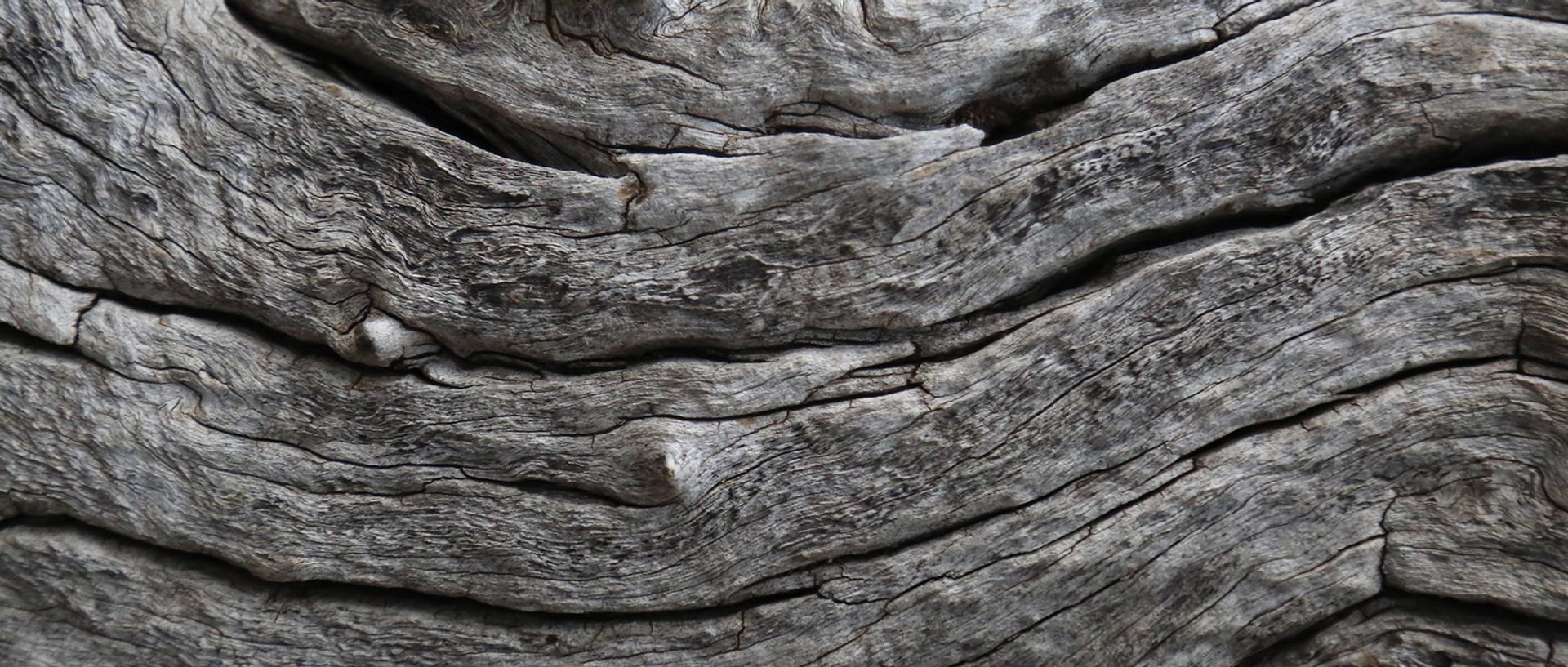
AG-S Here's Sophie Cunningham.
SC My name's Sophie Cunningham, and I'm a writer and I've written novels and essays and books for kids, but I've got a particular passion for writing about environmental issues and particularly trees. I found myself photographing trees, drawing trees, talking a lot about them when I was living overseas. And I started researching particular trees that I was coming across. A lot of trees – I was living in the States – had signs on it saying, ‘please save this tree, call this number’. I'd call the number and find out what the problem for that particular tree was. There'd be some council bylaw or whatever there was and like really, I got to the point where I realised that every individual tree that I was coming across – many of them eucalypts, but not all – had their own social and cultural history within the urban environment, let alone a history that was related to the environment and the land in a deeper way.
And I sort of tried to lean into that idea that every tree has a story to tell and try and create a space by spending time with the tree, or just hanging out with the tree to give it the chance to sort of tell its stories. I know that sounds a little bit disingenuous of me 'cos I clearly write it down, but I never really knew what I was going to get from any particular encounter. And then I would do the research later. So, I also, as a Western white writer, became interested in trying to write narrative that wasn't centred around human heroic figure, but that had a tree as a kind of point of view or sometimes animal point of view and not always valorising the human perspective. And so, these things as a writer just became quite a part of my practice that I just sort of couldn't unsee really, once I started.
AG-S As part of Tree Story, Monash University Museum of Art, MUMA, hosted Tree School, an international project first started by architects Sandi Hilal and Alessandro Petti. Tree School is a place where people gather for communal learning grounded in lived experience and community connection. The iteration at MUMA was coordinated by Yorta Yorta and Wurundjeri-Woiwurrung artist, organiser and educator Moorina Benini and its Melbourne curriculum was developed in dialogue with N'arweet Dr Carolyn Briggs AM and Professor Brian Martin.
CD The idea with the Tree School is that it's focused around a tree and wherever it's held, it's up for the people running the school to work out what kind of tree, how that tree is shown or how it's involved with the school and the activities that you do around it. After quite a considerable amount of discussion between us all, we actually brought in a culturally marked tree that N’arweet helped us be able to bring on campus for a period of time as a tree that we could use for teaching and learning. And we held lots of different types of activities around that tree.
It's one of those projects where you are not actually quite sure what you are gonna achieve till you're really in the midst of it. But most people that participated in those workshops actually found it very impactful and at times also quite an emotional experience. And I think goes back to what Brian was saying about it. Like the tree was in the centre and everyone around it, even their physical relationship to it, was kind of recalibrated, you know. Even that's just to start with, it was very much about coming together and sharing a different type of learning. So that was pretty special.
.BM The Boon Wurrung tree we were very fortunate to work with. Of course, N’arweet Professor Caroline Briggs AM and also David Tonia, they both agreed that we could become custodians at Monash University at Caufield campus. This happened at the same time as Tree Story or just before and we made a short film about going out onto Country and collecting the tree, going out with a crane, a truck, and delivering it to Monash and to MUMA for the purposes of not only the potential public art piece, but also for Tree School and Tree Story.
The significance of that tree, trying to understand how the probably small canoe that was carved taken out of the bark and the small coolamon, how that was made from the tree and how these cultural practices, I mean, this tree is potentially the small canoe or shield – most probably small canoe – and coolamon that was taken out of the bark would've been must probably precolonial. So, we're looking at a cultural material that's at least 200 years old, plus that in itself becomes a story. And so how that intersects with Tree School made sense. It became central in this interaction between peoples as well. And that sort of reiterated that idea of the agency of trees, the agency of Country.
AG-S Sophie also contributed to Tree Story with her essay, Spiralling, developed through the harsh Melbourne lockdowns. It's a series of vignettes that jumped through time and space at once, tracing a history of Sophie's relationships with trees and sharing her embodied understanding.
SC I'd originally wanted to write about a particular tree, possibly Ada, a Mountain Ash, but I couldn't get anywhere. And then I started to just think about the @sophtreeofday, which is an Instagram I have, and my attempts to kind of continue to keep some connection with trees and their stories, despite the fact that I was sort of trapped in Fitzroy. And so, I wrote first about the trees within the 5kms that I could see during lockdown. As I started working on that lots of different things came to me about the grief of that whole time. Wasn't just the pandemic for me - it was the bush fires, which sort of led into the pandemic and that loss of animal life. So, I decided that I didn't really wanna write a conventional essay. I just really wanted to allow that sense of fragmentation and memories, different memories and ideas and knowledge about things I knew about trees, allow them to come to write about them.
SC And then I got the idea of writing back into time and out of time because one of the things that continues to strike me really is that in this kind of era, the era of fire is built on the era of the great forests and trees laying down and becoming carbon. And this sense now that this is all being burnt and destroyed and exploited, there's such a relationship between deep time and the very particular time we found ourselves in when I was writing that essay and I had, when I was researching city of trees, come across this idea that trees tend to spiral when they're stressed, and they show particular growth marks. As the kind of pressure grew in Melbourne, there was a sense of people were becoming very reactive and emotional. And I had a sense that that was the last thing we needed, that we just needed to calm down and get through what was going on; allow ourselves to be in the moment rather than judging it, which is sort of what trees do. Trees stand there, weather comes, weather goes, the soil changes. They interact differently with what's going on. And I do feel that trees can communicate in some kind of emotional way, but they just are. And so, I, what did actually find that kind of as, as a coping strategy, very useful as well is not getting kind of as overwrought about how I feel bad, or this is not good. It just was where all the situation that was occurring that I felt phrase were kind of like an emotional role model for me in that well can imagine role model. Anyway, unlike Brian, I don't have that kind of historical and inherited relationship with trees. So, I was sort of, to some extent was finding myself, imagining what I believe the trees may or may not be feeling and how they might be coping.
AG-S There are many different kinds of relationships we can have with trees and knowledges that they can share with us. But as Sophie suggests, not all knowledge is, or should be, accessible to everyone. This is increasingly being understood in colonised Australia, by both individuals and institutions. It is ongoing and important work to navigate and understand these boundaries.
CD It was like a forest of ideas around trees from artists from across the world, actually. So even though it was very embedded in culture and place here, we did reach out to create more like this collective of ideas and trees with every project we do now at the museum. Very important to think that we don't have automatic access to everything that an artist has put into a work. And that I'm certainly more cognisant of that now than I would've been, you know, 5 or 10 years ago and understanding where the limits are, has wide implications. Doesn't it? Because it's also about where we might have access to in our travels or what we might be able to touch or feel or experience. And even though we want to, sometimes perhaps it's not actually the best thing, whether that's physically or, you know, in an intellectual space as well. When Sophie was talking before, it did make me think too, 'cos she was talking about deep time, and we did end up having a bit of a term that we'd bandied around in the exhibition around tree time. So also trying to think of a much broader sense of time than just the time that we are in because you know, as we've been discussing trees do outlive us and that's a really good thing [laughs].
AG-S When curating Tree Story, it was important for Charlotte, Brian and the team at MUMA to disrupt human agency, to listen to trees and to centre their narratives. Sophie Cunningham also spent time quietly listening into the stories of trees and imagining herself as something other than human.
SC Nothing is there to be mined for information and for interest for us. But there – certainly certain trees have a quality. It feels like curious engagement, you know, where you walk past a tree. The Lion Head Tree in the Botanic Gardens in Melbourne on Boon Wurrung land, that tree was by what was a sort of a lagoon and it's near what was called the Separation Tree. They're both river red gums. They're both pre-resettlement trees.
And after the Separation Tree was ring back mark for the second time and began to die, but it was left as a memorial. I went to visit that tree, but I found myself constantly looking around as if I felt like I was almost being watched by a tree behind me. And I turned and I saw what I then later learnt was a significant tree, but I felt very much that it had qualities, and I went up to it and I was looking at it and I started to ask questions about it.
And you could kind of tell that that tree carried with it a lot of history. Its roots had been beside the Yarra, the Yarra had been rerouted. The tree was still there. Like a lot had happened in the body of that tree that reflected the kind of attempts of engineering and all the things that happened once Melbourne was settled.
But it was that tree, was the first time I actually thought I need to get to know this tree. I need to understand this tree. And I had a sense that the tree was speaking to me. I don't mean with words, but I felt that that was coming from the tree. It's not something I went to the Botanic Gardens for. If anything, I was going to look at the tree which had grown up beside the Separation Tree. And then I found references to it, various history books and talked to people at the gardens and got to know more about it. But I do think that sense of tree time and any long lived being carries with it, a particular weight and lightness, is a very storied being.
AG-S Sophie, Charlotte and Brian share the importance of viewing trees as living beings with their own stories and autonomy. Listening to trees and respectfully seeking their knowledge can transform our understanding of human identity and remind us of our interconnection with other living beings.
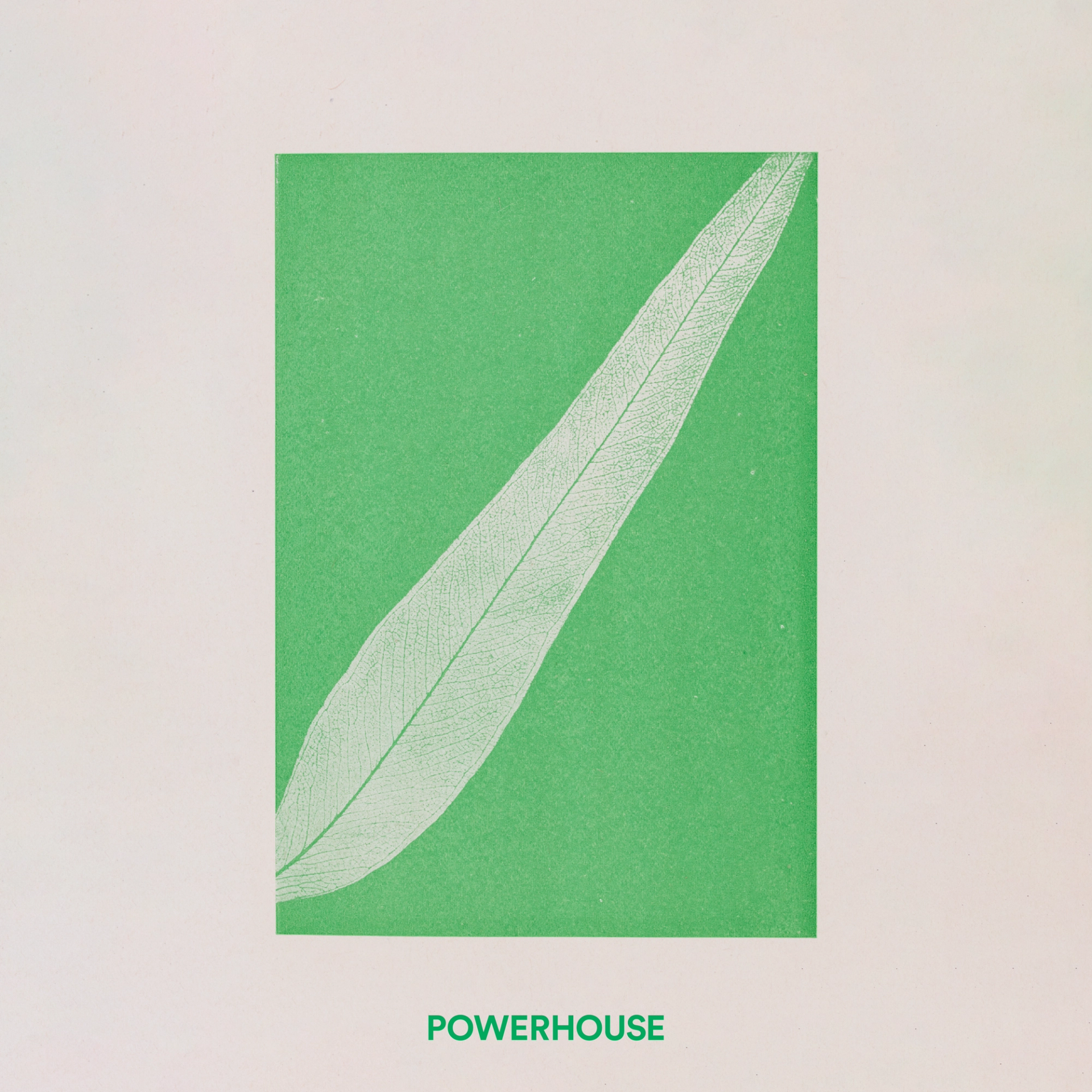
IN RELATION: IDENTITY
Host: Agatha Gothe-Snape
Featuring: Charlotte Day, Sophie Cunningham and Brian Martin
Commissioning editor: Lisa Havilah
Editor: Mara Schwerdtfeger
Sound design and theme music: Jane Sheldon
The In Relation team includes Ayeesha Ash, Callum Cooper, Rebecca Gallo, Anna Gardner, Emily McDaniel, Sarah Rees, Hannah Saunders, Cara Stewart and Agatha Gothe-Snape.










